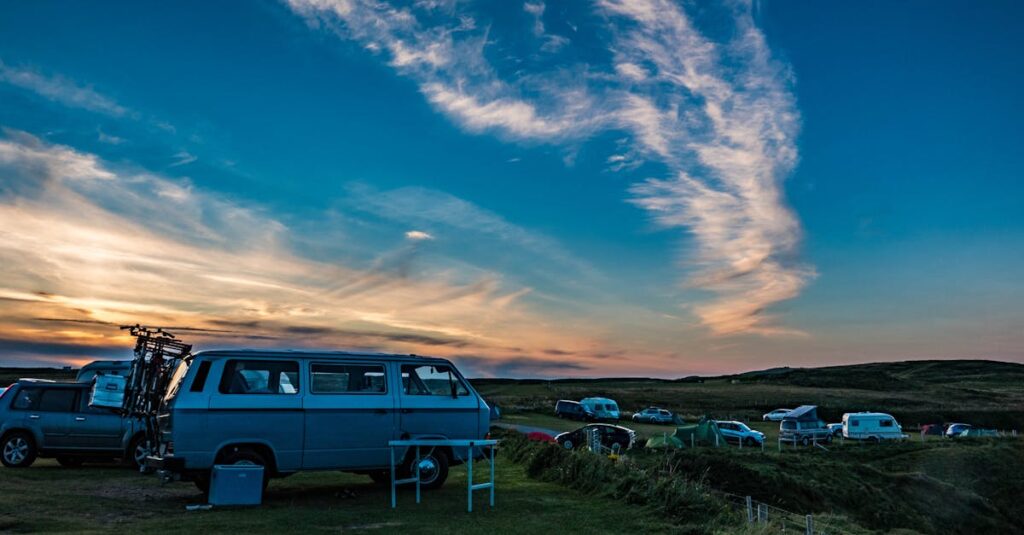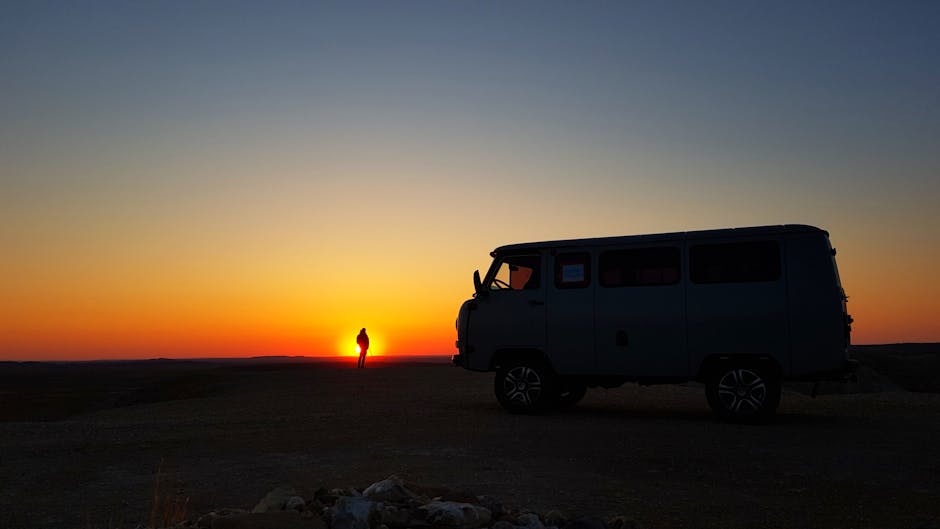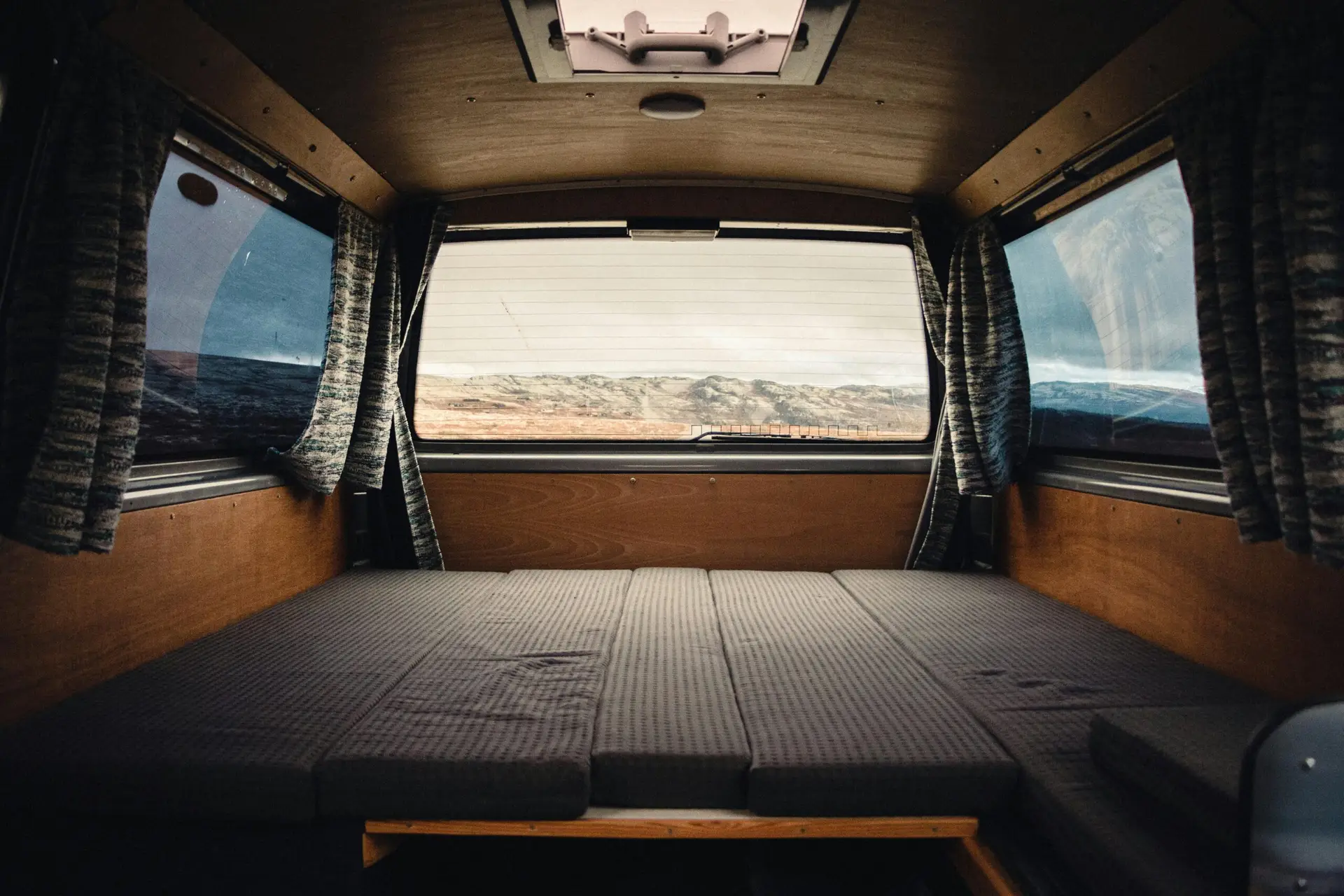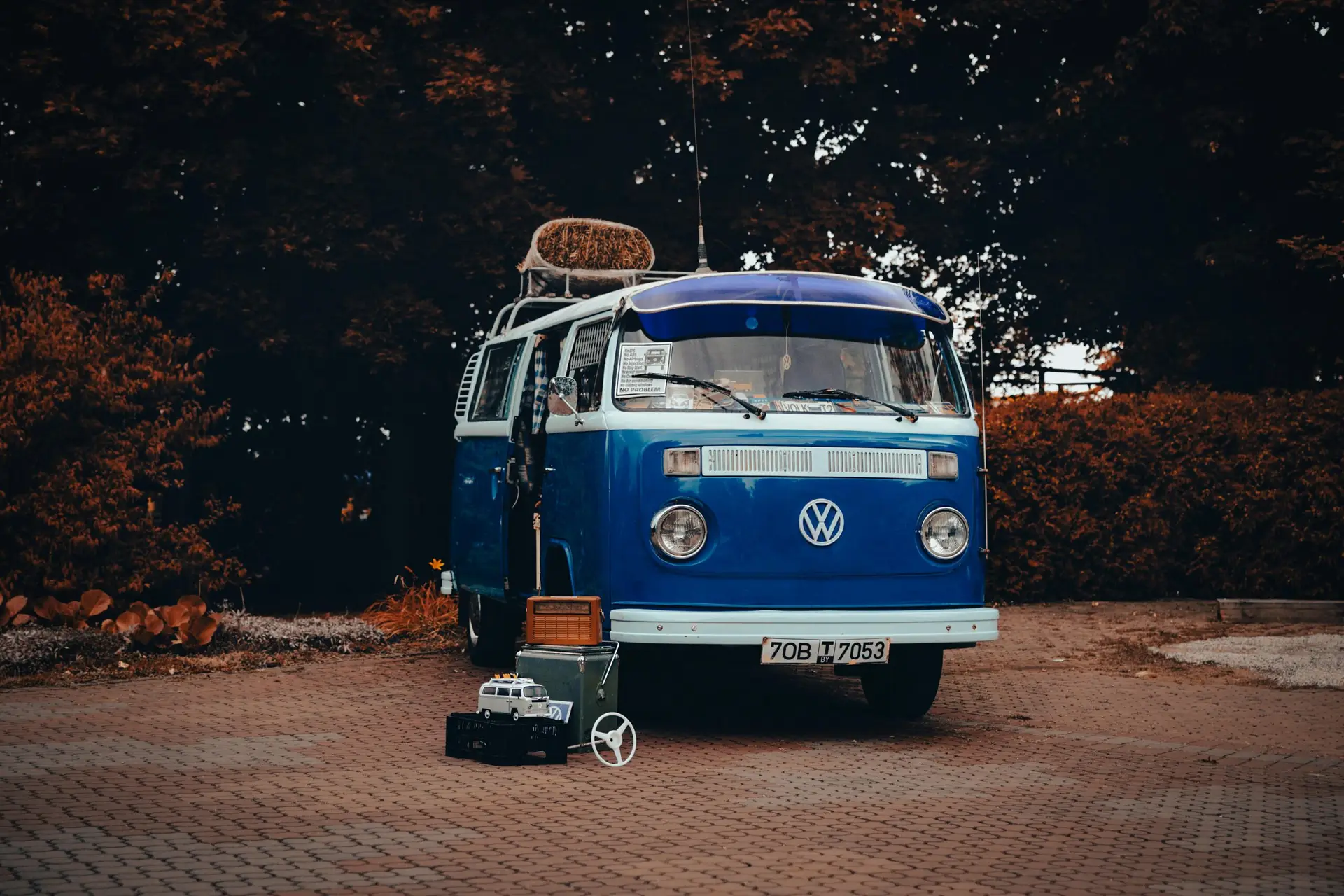Struggling to pick a campervan layout? Compare five proven setups—from weekender to family rig—with dimensions, pros/cons, and build tips tailored to Aussie travel.

Weekender Duo: No-Hassle Quick Getaways
Ideal for: Couples or friends who want brief adventures, beach outings, festivals.
Key layout
- Permanent full-width rear bed (or ¾ width) over a simple “garage”
- Compact galley off the slider
- 12V fridge under bench + portable induction
- Single roof fan, blackout blinds, standard lithium (100–150Ah)
Why it works
- Bed always made = no nightly convert/pack-down
- Light, cheap, and quick to build
- Stores gear sandy/wet in the back, not in the living zone
Watchouts
- Limited indoor seating/dining in poor weather
- Storage discipline necessary (use soft bins and toe-kick drawers)
Suggested dims
- Bed: 180–190 cm L × 135–150 cm W
- Galley depth: 45–50 cm; aisle goal: ≥55 cm clear
Construction hints
- Provide a rear slide-out for esky/BBQ
- Fit a drop-leaf table at galley end for instant prep space
- Use a 270° awning to create a covered outdoor “living room”
Remote Worker: Your Rolling Studio
Best for: Digital nomads, content creators, anyone holding real meetings from the road.
Core layout
- Mid-ship convertible dinette/desk with swivel seats
- 12V monitor on articulating arm; USB-C PD at seat/bed
- Two fans (intake/exhaust) in workstation area
- 200–300Ah lithium, DC-DC + solar (300–400W), 1000–2000W inverter
Why it works
- Ergonomic desk height (70–75 cm) at dedicated workstation prevents back/neck strain
- Thermal/ventilation zones keep you alert in the summer
- Power system designed for laptops, cameras, induction, and short A/C from shore
Watchouts
- Heavier electrical budget and more costly
- Dinette-to-bed conversion requires a tidy routine
Recommended dimensions
- Desk: 100–120 cm W × 55–60 cm D
- Bench seat depth: 45 cm; backrest rake: 10–15°
Construction suggestions
- Add acoustic insulation around the workstation for call quality
- Route a dedicated 12V line for a quiet fridge (no compressor click on calls)
- Mount a roof antenna + router (Starlink or 4G/5G) for rock-solid upload
Family Rig: Tiny House, Big Adventures
Best for: One or two adults + kids; long school-holiday getaways.
Core layout
- Fixed rear queen (or east–west slide-outs) + longitudinal/aisle-across child bunks
- Full galley with tall pantry; indoor/outdoor cooking split
- Wet area: pull-out toilet + shower tray beneath lift-up floor panel
- Rear “mud zone” with outdoor shower and shoe bin
Why it works
- Predictable sleep zones = less bedtime chaos
- Bunks double as day lounges and reading nooks
- Rear rinse station excludes sand, mud, and grass
Watchouts
- Weight control is vital (keep heavy items low/forward)
- Circulation space can pinch—slide doors and pocket hardware assist
Suggested dims
- Bunks: 170–175 cm L × 60–65 cm W (kids); safety rails required
- Aisle: aim for 55–60 cm clear; pantry width: 20–30 cm pull-out
Build tips
- Utilize L-track (airline rail) for modular car-seat anchors and cargo tie-downs
- Mount coat hooks at kid height beside the slider
- Fit dimmable warm LEDs with separate switches at each bunk
Adventure Hauler: Gear First, Sleep Second
Best for: Surfers, bikers, climbers, kit junkies.
Core layout
- North–south raised platform bed with full pass-through “gear tunnel”
- 120–150 kg runner slide-out bike tray
- Hose-down garage with drain + 12V tyre compressor
- Compact galley and narrow inverter; 150–200Ah lithium
Why it works
- Gear loads quickly, stays secure, and dries overnight
- Elevated bed keeps living space clean and tool-free
- Everything has a tie-down point—no rattles
Watchouts
- Low headroom over bed; consider flares for shoulder width
- Garage can infringe on indoor seat space
Suggested dims
- Bed height: 90–100 cm off floor for bikes underneath
- Gear tunnel: 35–40 cm H × 50–60 cm W (accommodates boards/rods/paddles)
Build tips
- Fit rubber isolation mounts on pumps and fridge to stop resonance
- Use marine-ply sealed on all edges; vinyl plank or coin rubber in garage
- Fit external side rack for surfboards to clear tunnel for bikes
Stealth City Camper: Park Anywhere, Sleep Everywhere
Best for: Urban overnights, low-profile travel, solo or duo.
Core layout
- Low roof profile (no visible boxes), minimal exterior accessories
- Side galley with induction; quiet dual-fan ventilation; heavy blackout shades
- Convertible bed/sofa to preserve open daytime space
- Cassette toilet in a bench with quick privacy screen
Why it works
- Looks like a work van; blends into residential streets
- Quiet, odour-controlled, efficient electrics
- Flexible interior avoids “stuck inside” feeling
Watchouts
- No roof A/C or tall solar stacks limits summer extremes
- Storage must be carefully planned (toe-kicks, overhead soft bins)
Suggested dims
- Sofa depth: 60–65 cm to convert to 120–135 cm bed
- Blackout inserts sized to each window; store flat behind panels
Build tips
- Sound-deadening mats + wool insulation for hush and thermal control
- Magnetic latch hardware and soft-close hinges for zero clatter
- Add GPS tracker and hidden interior safe for laptops/passports
How to Choose (5-Step Fit Check)
- Trip pattern: 70% weekends? 3-month lap? Remote work blocks?
- People: How many sleeping each night? Any guests?
- Non-negotiables: Toilet? Indoor shower? Full-time desk? Bikes inside?
- Power reality: List real 12V needs; add inverter loads carefully.
- Weight & balance: Put water, batteries, and fridge low and forward of the rear axle.


